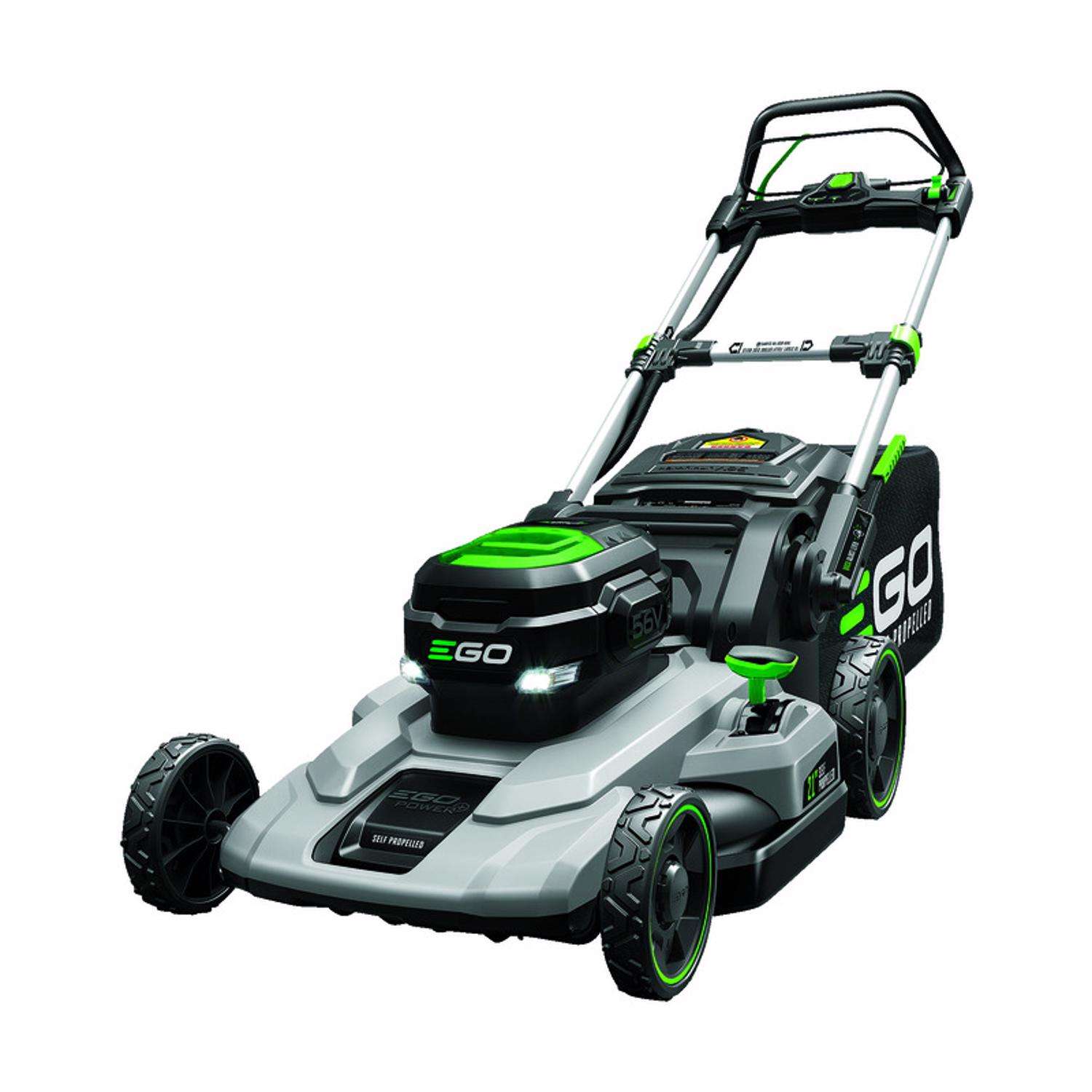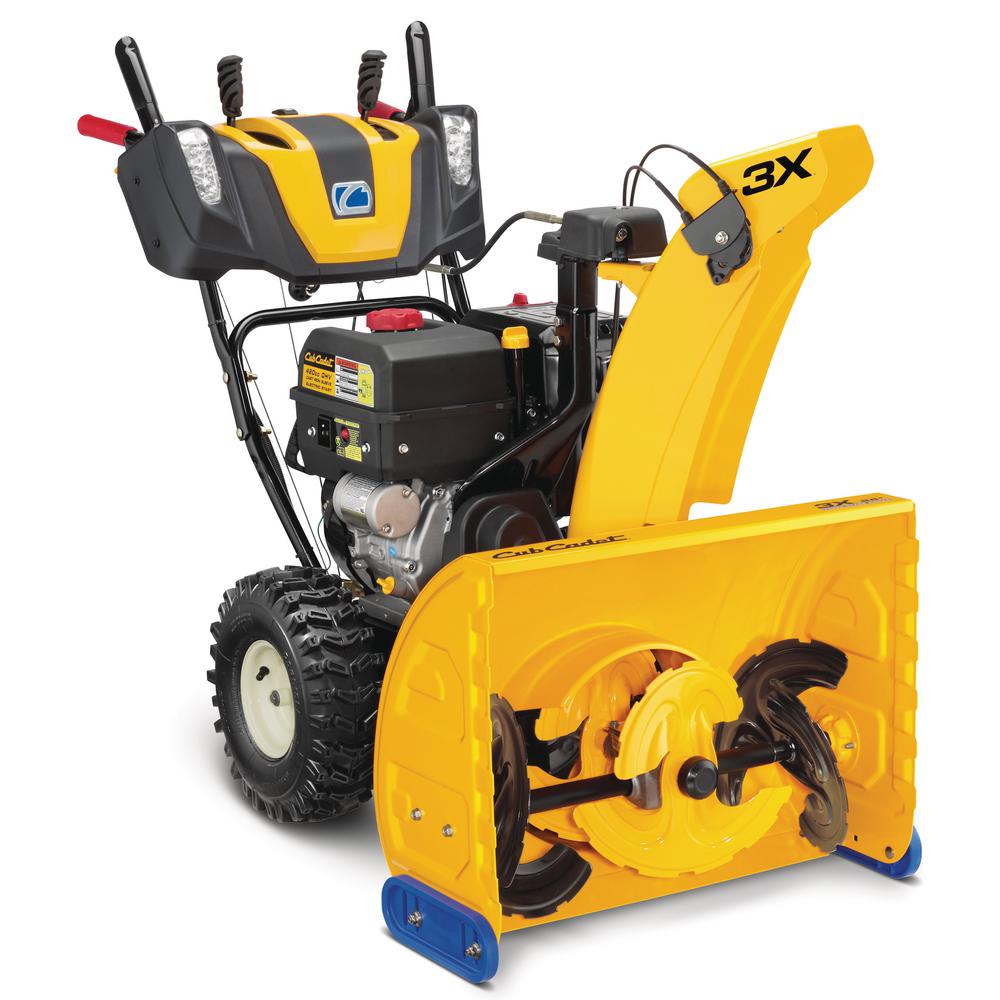EGO Power+ LM2102SP 21 in. 56 V Battery Self-Propelled Lawn Mower Kit (Battery & Charger)
The EGO POWER+ 21 inches Self-Propelled Mower delivers long-lasting power, rapid charging and durability in all-weather conditions.
Offering the torque of gas without the noise, mess and fumes. The EGO POWER+ 21 inches Self-Propelled Mower delivers long-lasting power, rapid charging and durability in all-weather conditions. With up to 60 minutes of cut time from the 56V 7.5 Ah ARC Lithium, this mower tackles even the toughest of mowing applications for all grass types. The adjustable self-propel feature makes mowing effortless. And the easily adjustable deck height enables you to cut at any length. Thanks to a sleek and lightweight construction, moving and storing the lawn mower is hassle-free as it folds compact. The advanced EGO POWER+ 56 Volt 7.5 Ah battery (shipped separately) uses industry-leading ARC Lithium technology to deliver superior power and is compatible with all EGO POWER+ products.Find the EGO LI-N LWN SP MOWR 21 at Ace.
#1 Rated Brand
Based on power, performance, durability, the EGO POWER+ platform is rated #1 in cordless outdoor power.
Industry’s Most Advanced
Patented 56V ARC Lithium™ battery technology offers intelligent power management and innovative design to prevent overheating.
One Battery, 60+ Tools
Universal battery compatibility gives you the convenience of using any size battery to power any tool in the EGO platform.
Power Beyond Belief™
EGO’s advanced battery technology delivers or exceeds the power of gas—without the noise, fuss, or fumes.
Powered by Innovation
EGO creates and patents industry-first technologies and groundbreaking innovations that solve consumer pain points.
Runs Longer, Charges Fast
EGO’s patented technology keeps the battery cool for longer run times and faster recharging times—with power that exceeds gas.
Superior User Experience
Engineered to maximize power, run times, and ease of use—simply select your tool, click in a battery, and get to work.





Reviews
There are no reviews yet.